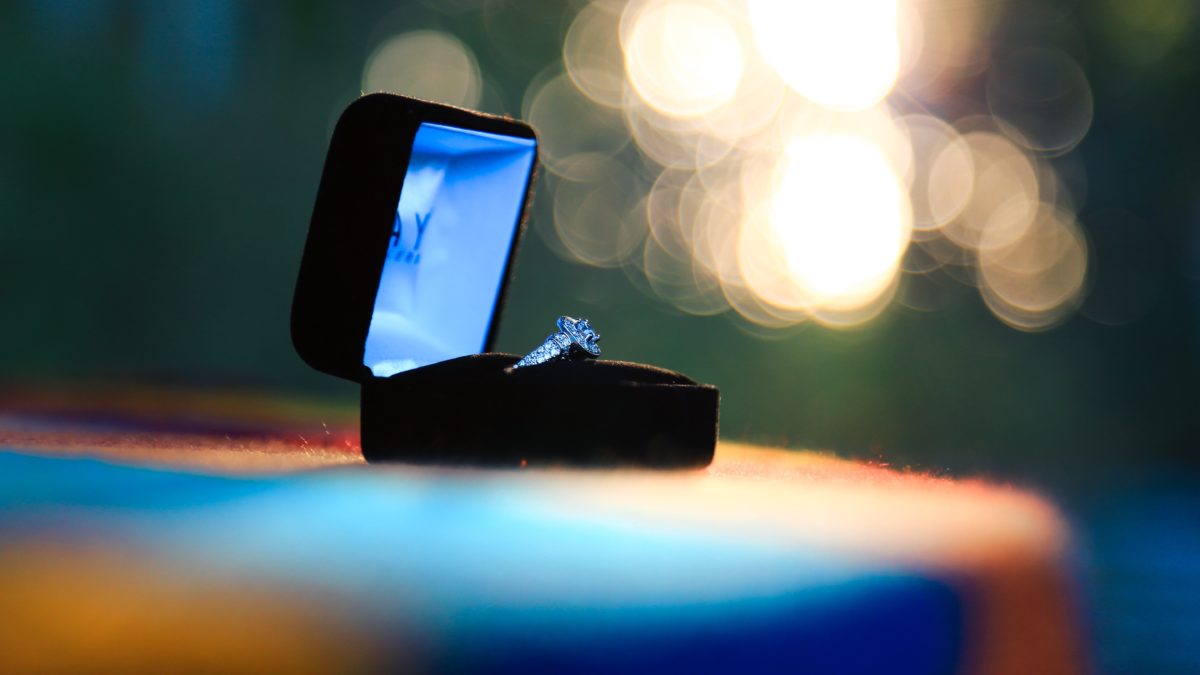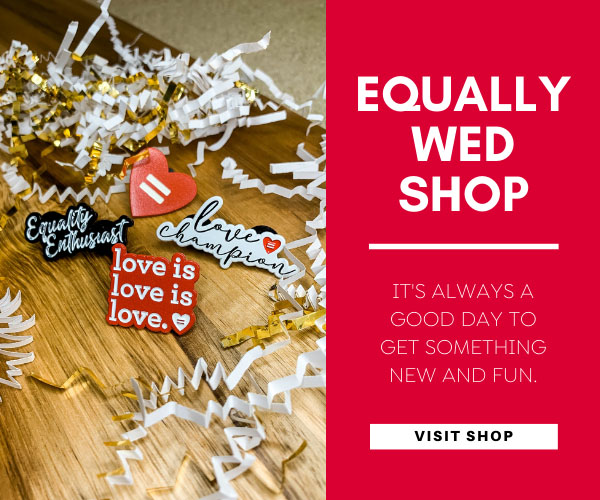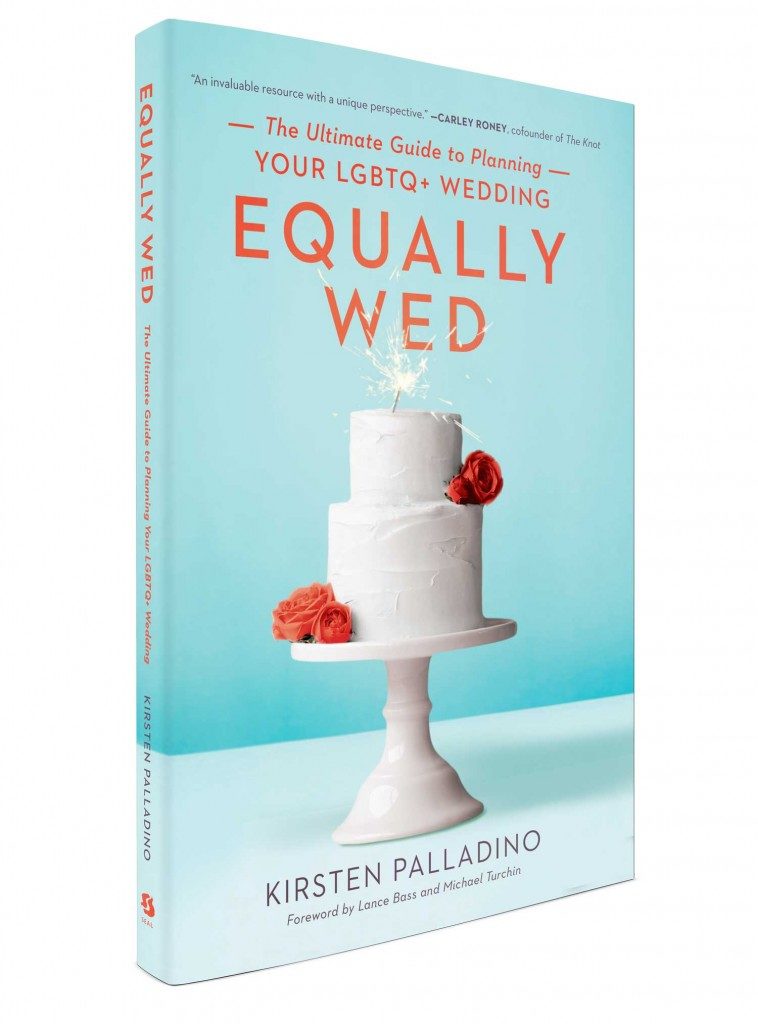I have an affinity for traditions. There is something so special about them, whether it is one that you share with family, friends or your partner. I love that my wife and I have started a new holiday tradition of traveling to New York City every year during December and that my family has had the same breakfast on Christmas Day for as long as I can remember. These special rituals are so often the memories that you carry with you as you grow older. They are often rituals that you implement into your own family. But there are certain traditions that exist today in our systemically conditioned society that I am certainly in support of breaking away from. One of those is the gender-conforming roles that present themselves in relationships when it comes to proposals.
Proposals perpetuate a long-standing tradition in our society: The idea that a man should be the one to get down on one knee and request a woman’s hand in marriage. This has spilled over into the queer community, specifically in same-gender relationships, where there are instead two men in love or two women in love. But how can a societal tradition that involves heterosexual couples weave into the proposals of people of the queer community?
RELATED: SHOULD YOU BOTH PROPOSE? 4 QUESTIONS TO CONSIDER BEFORE ASKING
Because even within the LGBTQ+community, we fall victim to what we learned growing up in regards to gender roles in relationships. We are taught to believe, whether consciously or subconsciously, that a woman must be comfortable in a dress and a red lip, while a man should be fond of collared shirts and loose-fitting jeans. So if a lesbian woman is most comfortable wearing clothes that fall into the category deemed as masculine, she is then referred to as “butch.” It’s as if she is no longer seen as a woman, the gender that she is. Or if a gay man prefers leggings to wrangler jeans, then he must be flamboyant and no longer identifies with the gender that he is.
I think it is incredibly important that we separate someone’s comfortability in regards to how they dress from their internal emotions and gender identification. We cannot, and should not, assume that because a woman dresses in a way that society would deem “masculine” that she is automatically disconnected from the gender she identifies with. And we need not accept that a gay man who wears skirts must be a woman or feminine. We have to break out of these boxes and see people as they are, not as the clothes that they wear or the way in which they choose to express themselves. We need to get to know a person’s heart.
My wife proposed to me in 2018 on a beautiful hike in Colorado. It was one of the best moments of my life. A lot of people in our lives assumed that she would propose to me because, according to society, she is less feminine than I am. I do love a pretty dress and a red lip. She prefers messy buns and button-down shirts. And after she proposed, I even found myself falling victim to what I have been conditioned to believe: That because my wife doesn’t appear feminine, she likely doesn’t expect a proposal in return from me.
I immediately squashed that thought when I reminded myself that a proposal has absolutely nothing to do with gender. A proposal has nothing at all to do with appearance or what society deems masculine or feminine. A proposal is a declaration of love. It is a human being professing to another human being their adoration for the other in hopes that they feel the same. It is a request to spend the rest of your days as partners in this life and to be each other’s constant. It is a promise to take care of each other and cheer each other on.
RELATED: WHY OUR DOUBLE PROPOSAL IS A CELEBRATION OF LGBTQ+ PRIDE
This concept and reminder was the driving factor that left me with no question in regards to whether or not I would propose back to my wife. It didn’t matter how she dresses or how society views her femininity. All that mattered is that I wanted her to feel just as I felt when she proposed to me. I wanted her to experience that feeling of validity when someone tells you they want to spend the rest of their life with you. I wanted her to have that special moment when the person you love asks you to marry them.
I am so glad that I broke away from what society has conditioned me to believe. I proposed to my wife four months after she proposed to me, at the Rockefeller Center in New York City. She could not have been more shocked or more genuine in her joy, and I could not have been more certain in my decision to propose than I was at that moment.
Who decided that you must be a woman, or a societally-determined feminine person, to enjoy the euphoria that ensues from being proposed to? When did we decide that those who are either considered masculine or men do not get to experience this euphoria as well? Personally, I think that everyone deserves that moment if they want it. So I’m all for more double proposals! What is the harm in people, whether LGBTQ+ or not, proposing back to their partner? Maybe if we saw more of this, we would slowly begin to change the way we think when it comes to masculinity and femininity and proposals. It’s just a proclamation of love with no ties to gender. And that love should be the sole focus.
 Kaila Strickland lives in Dallas, Texas, with her wife, Laine, and their two dogs. She works in the wine industry by day and has a passion for writing and fitness. In her free time, she enjoys working on her blog, taking group fitness classes and traveling with her spouse. She is a firm believer in all things equality and believes wholeheartedly that love always wins. You can find more writing content from her at The Comfy Closet.
Kaila Strickland lives in Dallas, Texas, with her wife, Laine, and their two dogs. She works in the wine industry by day and has a passion for writing and fitness. In her free time, she enjoys working on her blog, taking group fitness classes and traveling with her spouse. She is a firm believer in all things equality and believes wholeheartedly that love always wins. You can find more writing content from her at The Comfy Closet.

































